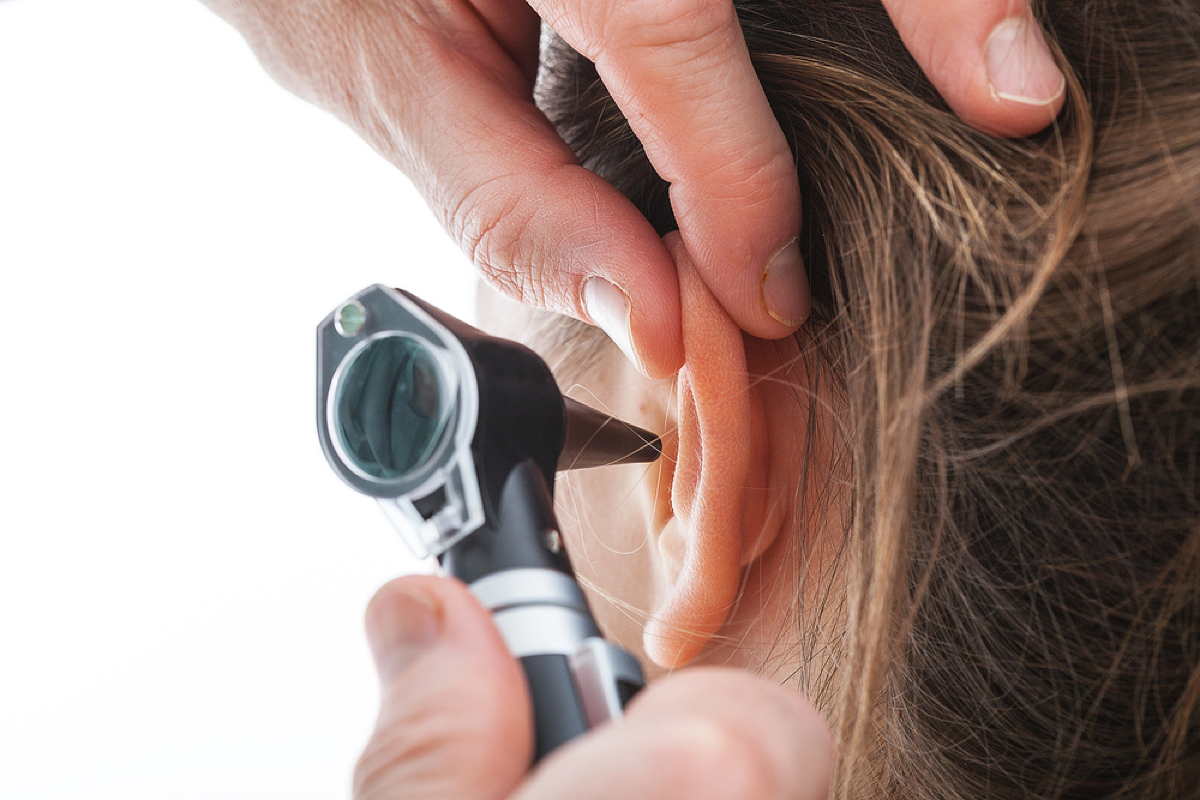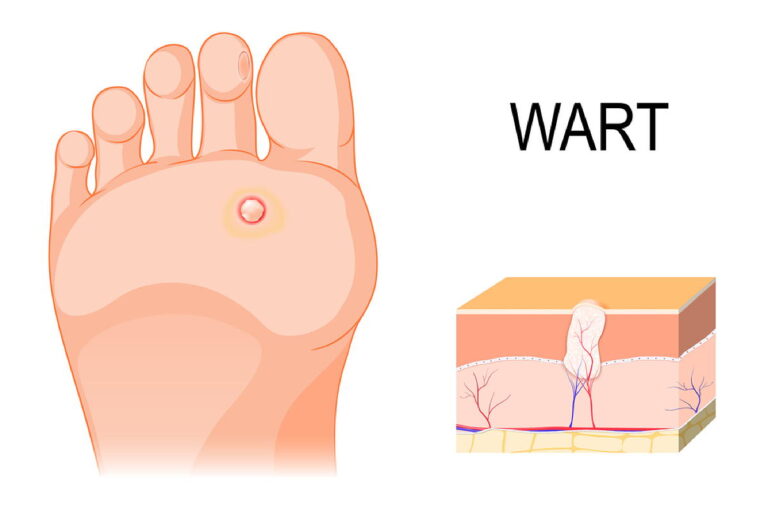What helps against earache? Effective home remedies
Earache is a common problem that affects people of all ages. The pain can come on suddenly or start gradually and is often the result of a middle ear infection.
The causes of earache vary and can range from a simple cold to a serious inflammation. To support the healing process, home remedies can be an effective complement to medical treatment.
In this article, we will look at the most common causes of earache and introduce some effective home remedies that can help relieve the discomfort.
Understanding the causes of earache
To treat earache effectively, it is important to understand its causes. Ear pain can be triggered by a variety of factors, from simple inflammation to more complex conditions.
Inflammation in the ear
One of the most common causes of ear pain is inflammation. These can occur both in the external auditory canal and in the middle ear. Inflammation in the ear can be caused by bacteria or viruses and often leads to severe pain.
Pressure changes and injuries
Changes in pressure, for example when flying or diving, can lead to earache as the pressure in the middle ear cannot be adjusted quickly enough. Injuries to the ear, whether caused by a blow or by inserting objects into the ear canal, are another cause.
Other triggers for earache
There are other triggers for earache that are often overlooked. Allergic reactions, for example to shampoos, or colds can lead to a feeling of pressure in the ear. Herpes zoster (shingles) can also occur in the ear area and cause painful blisters. Even dental and jaw problems can sometimes radiate into the ears and be mistakenly perceived as primary ear pain.
Different types of ear infections
The causes of earache are varied and range from acute inflammation of the external auditory canal to middle ear infections.
Acute inflammation of the external auditory canal
Acute inflammation of the external ear canal, also known as otitis externa, is often caused by bacteria or fungi entering the ear canal. This can be facilitated by improper ear cleaning or water entering the ear canal when swimming.
Symptoms include pain, itching and sometimes impaired hearing.
Acute otitis media
Acute inflammation of the middle ear, also known as otitis media, is particularly common in children.
It usually begins with a cold or flu, which spreads to the middle ear and triggers an inflammatory reaction there.
Symptoms include a sudden onset of severe earache, often accompanied by fever and a general feeling of illness.
In small children, a middle ear infection often manifests itself as grasping at the ear, restlessness and sleep disturbances.
A blocked nose can impede pressure equalization in the middle ear and thus promote inflammation.
The following table provides an overview of the differences between acute inflammation of the external auditory canal and acute otitis media:
| Features | Acute inflammation of the external auditory canal | Acute otitis media |
|---|---|---|
| Causes | Bacteria or fungi in the ear canal | Cold or flu that spreads to the middle ear |
| Symptoms | Pain, itching, impaired hearing | Severe earache, fever, general feeling of illness |
| Group concerned | All age groups | Especially children |
When should you see a doctor if you have an earache?
There are certain situations in which ear pain requires medical attention. Ear pain can indicate various conditions and early diagnosis is crucial for effective treatment.
Alarm signals that require medical attention
There are certain symptoms that indicate that earache does not respond to home remedies and needs medical attention. These include severe pain, fever, hearing loss or discharge from the ear.
| Symptom | Meaning | Recommendation |
|---|---|---|
| Severe earache | May indicate a serious infection | See a doctor |
| Fever | Indicates a possible bacterial infection | Medical clarification |
| Hearing loss | May indicate damage to the hearing | Consult an ENT specialist |
General practitioner or ENT specialist?
The GP is usually the first port of call for ear pain. They can make an initial diagnosis and decide whether a referral to an ENT specialist is necessary. The ENT specialist has special equipment to examine the ear in detail and can also carry out minor procedures.
The family doctor can treat most cases of earache, especially if they are uncomplicated inflammations. However, for more complex cases or recurring problems, an ENT specialist is the right address.
What helps against earache: tried and tested household remedies
Earache can be very uncomfortable, but there are some tried and tested home remedies that can help. These home remedies can be a good complement to medical treatments or even help on their own in mild cases.
Heat applications for earache
Heat applications are a popular method of relieving earache. A warm compress or a warm cloth placed on the affected ear can help to reduce pain and promote blood circulation.
Cold applications: When they are useful
In some cases, cold applications can also be helpful. A cold cloth or ice pack wrapped in a towel can be placed on the ear to reduce swelling and relieve pain.
Herbal remedies for the ear
Herbal remedies such as onions, garlic and camomile can be very useful for earache. Onions have a disinfectant effect and can be placed in a cloth bag on or behind the ear. Garlic has antibacterial properties and can be squeezed onto a cotton ball and carefully inserted into the ear canal. Chamomile tea can be used as a warm compress to reduce inflammation and soothe.
It is important to exercise caution when using these remedies and to pay attention to the body’s reactions. If the symptoms persist or get worse, a doctor should be consulted.
The onion bag: A classic home remedy
A tried and tested home remedy for earache is the onion poultice, which is easy to use and effective. It is a traditional method that can be used for various types of earache.
How to prepare an onion bag correctly
To prepare an onion bag, you need to finely chop an onion and wrap it in a cloth. Then warm the onion bag gently over a water bath.
- The warmed onion bag is placed directly on the aching ear or behind the ear.
- It should be fixed in place with a headband or cap to achieve an optimum effect.
Application and mode of action
The warmth of the onion bag promotes blood circulation in the ear area and supports the healing process. The essential oils of the onion can be absorbed through the skin and develop their anti-inflammatory effect.
The application time should be around 20-30 minutes and can be repeated several times a day. After application, the ear should be kept dry and warm to enhance the effect.
Other effective home remedies in detail
In addition to the well-known home remedies, there are other effective methods of relieving earache. Some of these methods are tried and tested and have proven themselves in practice.
Garlic for earache
Garlic is known for its antibacterial properties and can help fight earache. Some studies suggest that garlic oil can relieve pain and promote healing.
Chamomile as an anti-inflammatory agent
Camomile is another tried and tested household remedy that can be used for earache. Chamomile tea or oil can have an anti-inflammatory effect and alleviate the discomfort.
The salt sock: application and effect
The salt sock is a simple but effective home remedy. It consists of a white sock that is filled with sea salt and then warmed. The dry heat can relieve pain and promote blood circulation without getting water or moisture into the ear.
With regular use, the symptoms can subside within a few days. It is important to prepare and apply the sock correctly in order to achieve the best effect.
Earache in children: Note special features (180 words)
tag, adhering to the specified guidelines and requirements.
Preventive measures against earache
Earache can be effectively avoided by taking the right preventive measures. An important aspect of this is the correct care and protection of the ears in various situations.
Correct ear hygiene
Good ear hygiene is crucial to prevent earache. Care should be taken to gently clean the ears and avoid inserting foreign objects into the ear canal. The outer ear should be cleaned regularly to prevent the build-up of dirt and bacteria.
Protection when swimming and diving
When swimming and diving, water can get into the ears and disrupt the skin’s protective acid mantle, which can lead to inflammation. Special earplugs or swimming caps can prevent water from entering the ear canal. After swimming, the ears should be dried well by tilting the head to one side and pulling gently on the pinna.
For frequent water sports, it is advisable to use special ear drops that dry the ear canal after swimming. Foreign bodies in the ear, such as sand, should be carefully rinsed out without damaging the ear canal.
Which household remedies are better to avoid?
When treating earache, it is important to distinguish between effective home remedies and those that do more harm than good. Some methods that are often used can be either ineffective or even harmful.
Oil in the ear: a common misconception
Applying oil to the ear is a common home remedy used for earache. However, this can lead to further complications with certain causes of earache, such as eardrum perforation.
Be careful with infrared light
The use of infrared light or red light for earache is controversial. On the one hand, it can promote blood circulation and support the healing process. On the other hand, there is a risk that it may promote bacterial growth in the case of bacterial infections.
| Home remedy | Potential risks | Recommendation |
|---|---|---|
| Oil in the ear | Complications of eardrum perforation | Caution when using |
| Infrared light | Promotion of bacterial growth | Use only after consultation with a doctor |
Before using home remedies for earache, it is important to know the exact cause and, if necessary, consult a doctor to choose the best treatment method.
When home remedies are no longer sufficient
If home remedies no longer help, it’s time to see a doctor to find out the cause of the earache. Earaches can be caused by various factors, including bacterial infections in the middle ear that require treatment with antibiotics.
It is important to recognize the limits of home remedies and to seek medical help if the earache is persistent or severe. Earache should always be checked out by a doctor, especially in children, older people or people with a weakened immune system, in order to avoid complications such as the inflammation spreading into the cranial cavity.






